In light of recent advancements in gallium-based liquid metal droplets (LMDs)-based electronics, this review outlines their unique properties, various preparation methods, and recent applications. Fu…
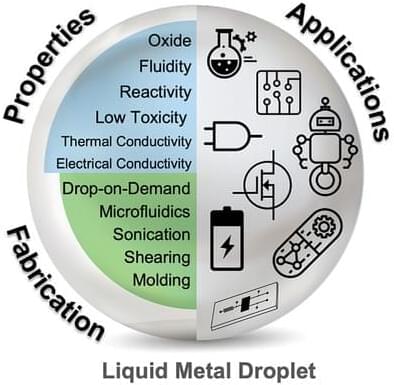


Diabetes is a very prevalent disease that, unfortunately, still has no treatment. People with diabetes need to monitor their blood glucose levels (BGLs) regularly and administer insulin to keep them in check. In almost all cases, BGL measurements involve drawing blood from a fingertip through a finger prick. Since this procedure is painful, less invasive alternatives that leverage modern electronics are being actively researched worldwide.
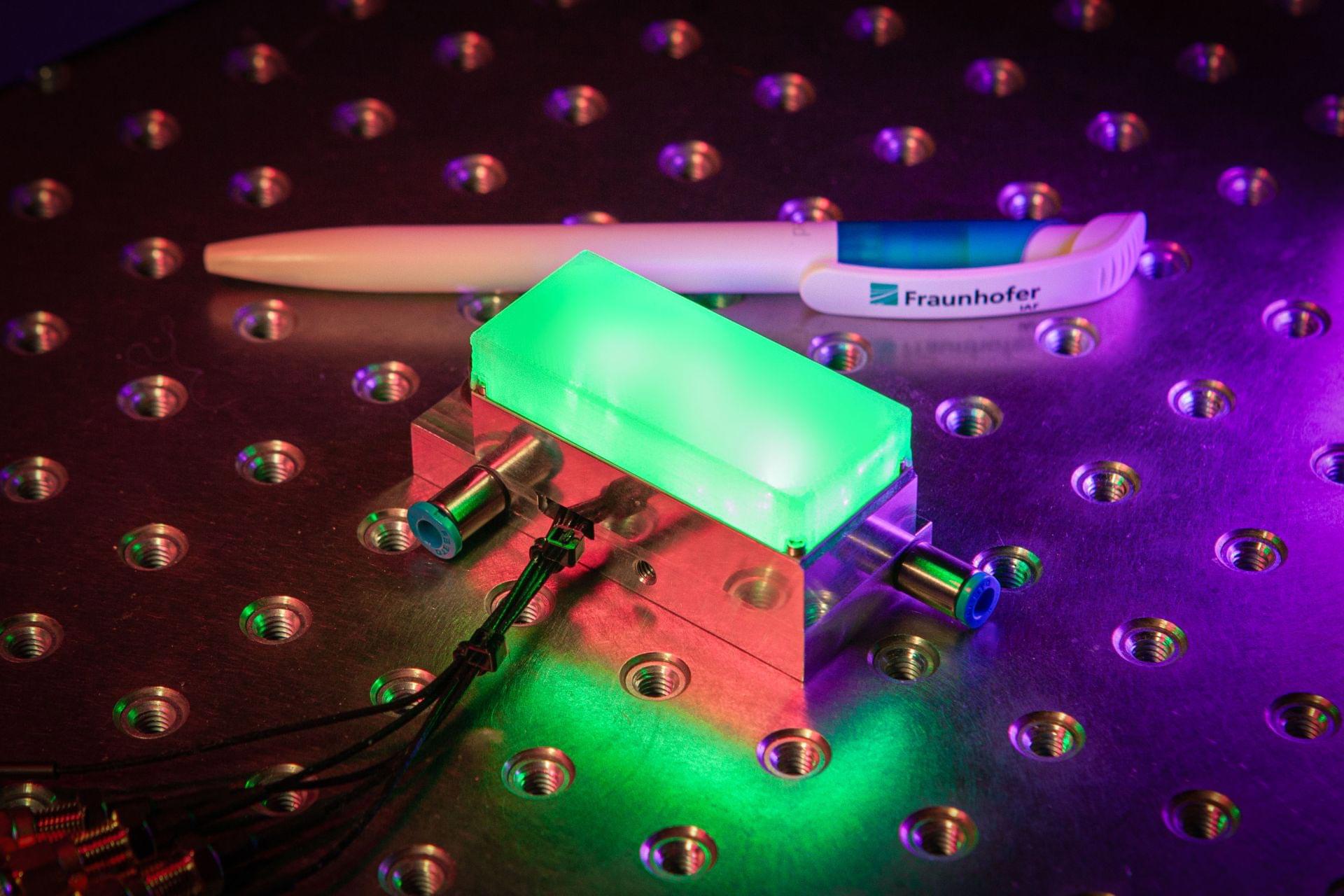
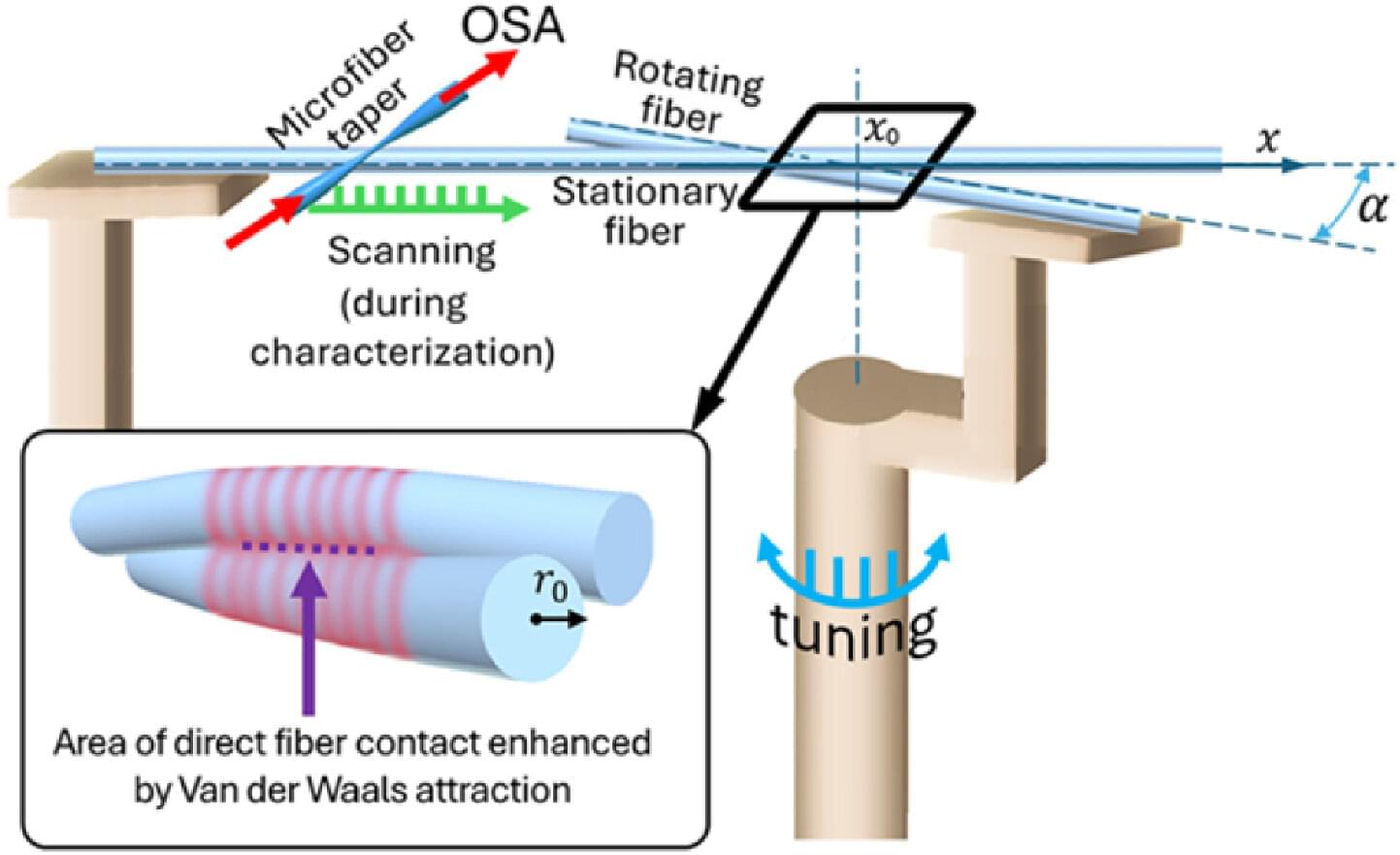
Aston University researchers have developed a new class of optical microresonators, miniature optical devices that strongly confine and enhance light in microscopic dimensions. They are essential components in a wide range of systems, including ultra-precise optical sensors and information processors.
The University researchers discovered that unique optical microresonators can be introduced at the intersection of two optical fibers. These devices have potential applications in communication, computing, sensing and more.
The new ultralow loss optical microresonators can be finely tuned by simply rotating two intersecting optical fibers. Unlike current monolithic microresonators, these devices have a widely tunable free spectral range (FSR) and allow for their precise control.

A new filter for infrared light could see scanning and screening technology tumble in price and size. Built on nanotechnology, the new heat-tunable filter promises hand-held, robust technology to replace current desktop infrared spectroscopy setups that are bulky, heavy and cost from $10,000 up to more than $100,000.

The Standard Model of particle physics, our best guide to the building blocks of nature, once claimed neutrinos were massless. But that turned out to be wrong. Neutrinos do have mass—just an incredibly tiny one. So far, though, no experiment has measured that mass directly. That’s where the KATRIN experiment comes in.
KATRIN stands for the Karlsruhe Tritium Neutrino Experiment. It’s based in Germany and stretches nearly 70 meters, or about 230 feet—longer than a Boeing 747. Published in the journal, Science, the experiment uses a radioactive form of hydrogen called tritium, which naturally decays into helium. When this happens, it releases an electron and a neutrino.
By measuring the energy of the electron, scientists can figure out how much energy the neutrino took away. This helps them estimate the neutrino’s mass. The trick is, this has to be done with extreme accuracy. That’s why KATRIN includes one of the world’s most advanced spectrometers, which is 10 meters wide and filters out unwanted particles with precision.
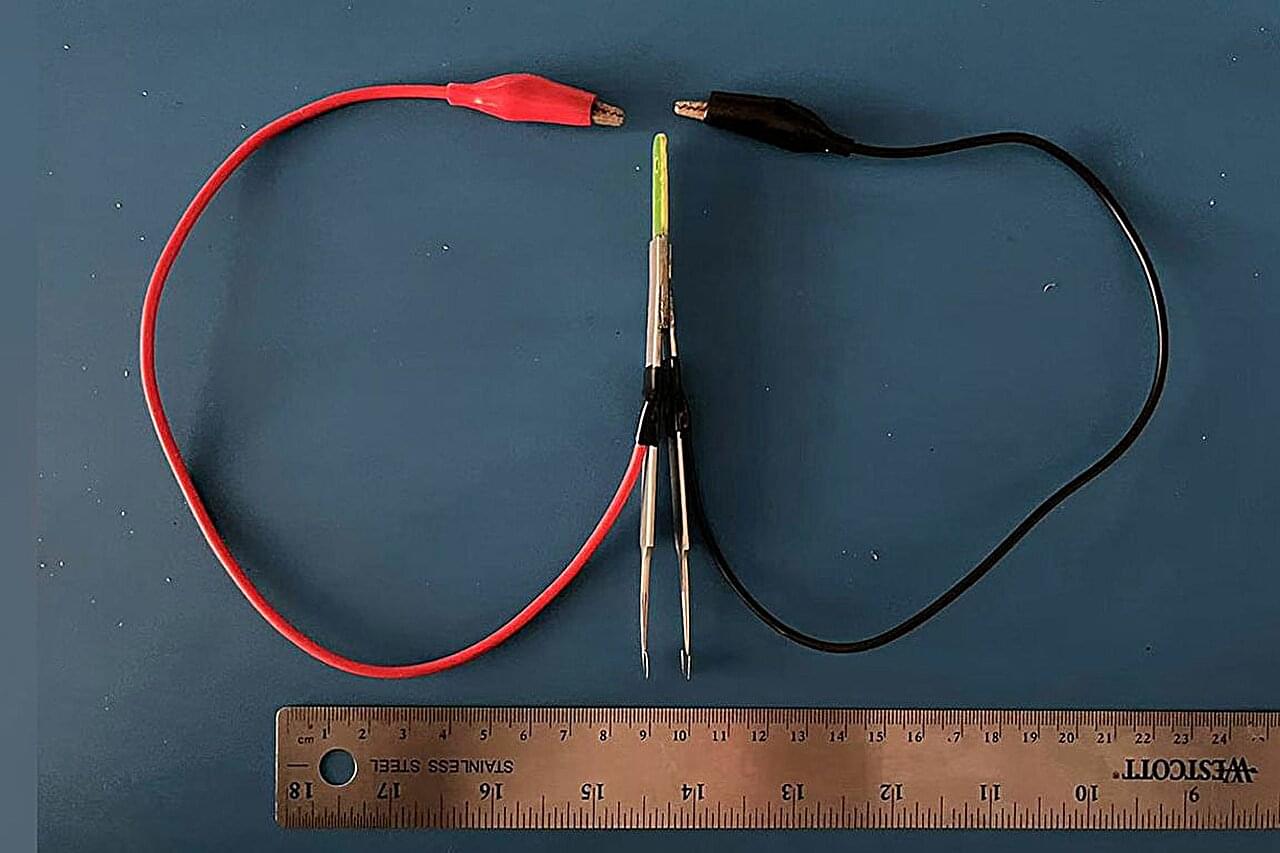
Lithium-metal batteries have not hit the market yet, but if they do, they could be a solution to the everyday woes of the dwindling battery meter. They are cousins of the lithium-ion batteries found in legions of everyday electronic devices, but with the potential to hold twice as much power. Unfortunately, the lithium-metal battery’s limited number of recharges has been a major obstacle to their wide adoption.
A new study led by researchers at the California NanoSystems Institute at UCLA, or CNSI, however, might just help ratchet up the pace of progress. In the journal Science Advances, the team documented an imaging technique they invented that—for the first time ever—captures a lithium-metal battery as it charges, at a level of detail smaller than the wavelength of light.
The method, electrified cryogenic electron microscopy, or eCryoEM for short, yielded insights that may help guide the design of better lithium-metal batteries. Cultivating this progress with U.S.-based research could give the U.S. an edge in this successor technology to lithium-ion batteries, an industry currently dominated by Chinese enterprises. The study also holds promise for shedding light on mysteries in disciplines as far afield as neuroscience.
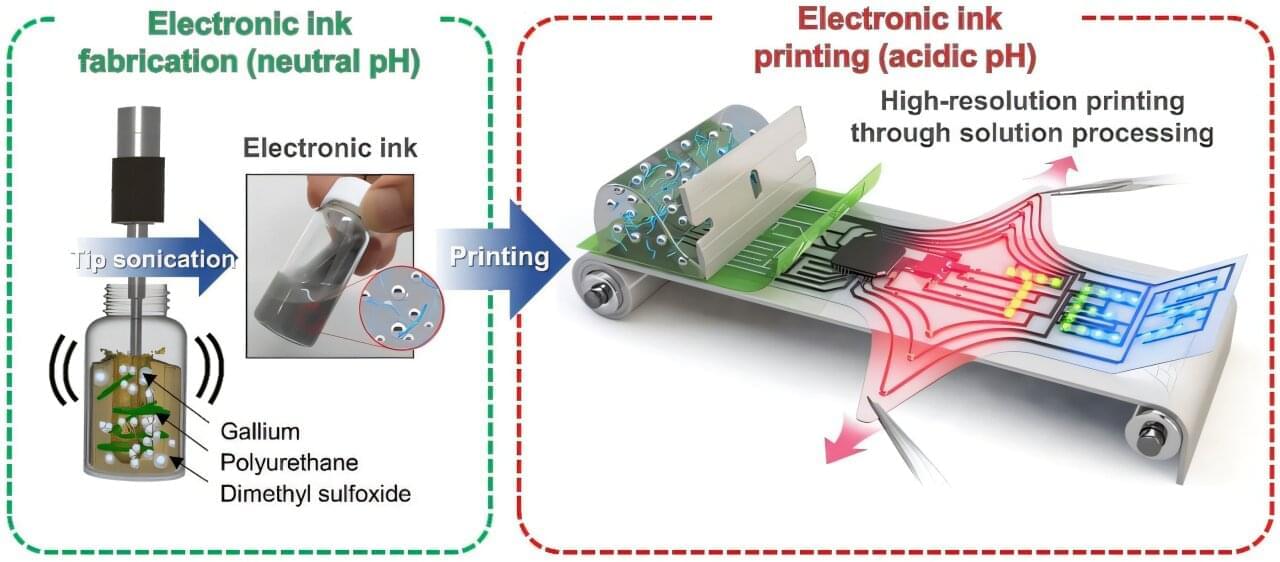
Variable-stiffness electronics are at the forefront of adaptive technology, offering the ability for a single device to transition between rigid and soft modes depending on its use case. Gallium, a metal known for its high rigidity contrast between solid and liquid states, is a promising candidate for such applications. However, its use has been hindered by challenges including high surface tension, low viscosity, and undesirable phase transitions during manufacturing.
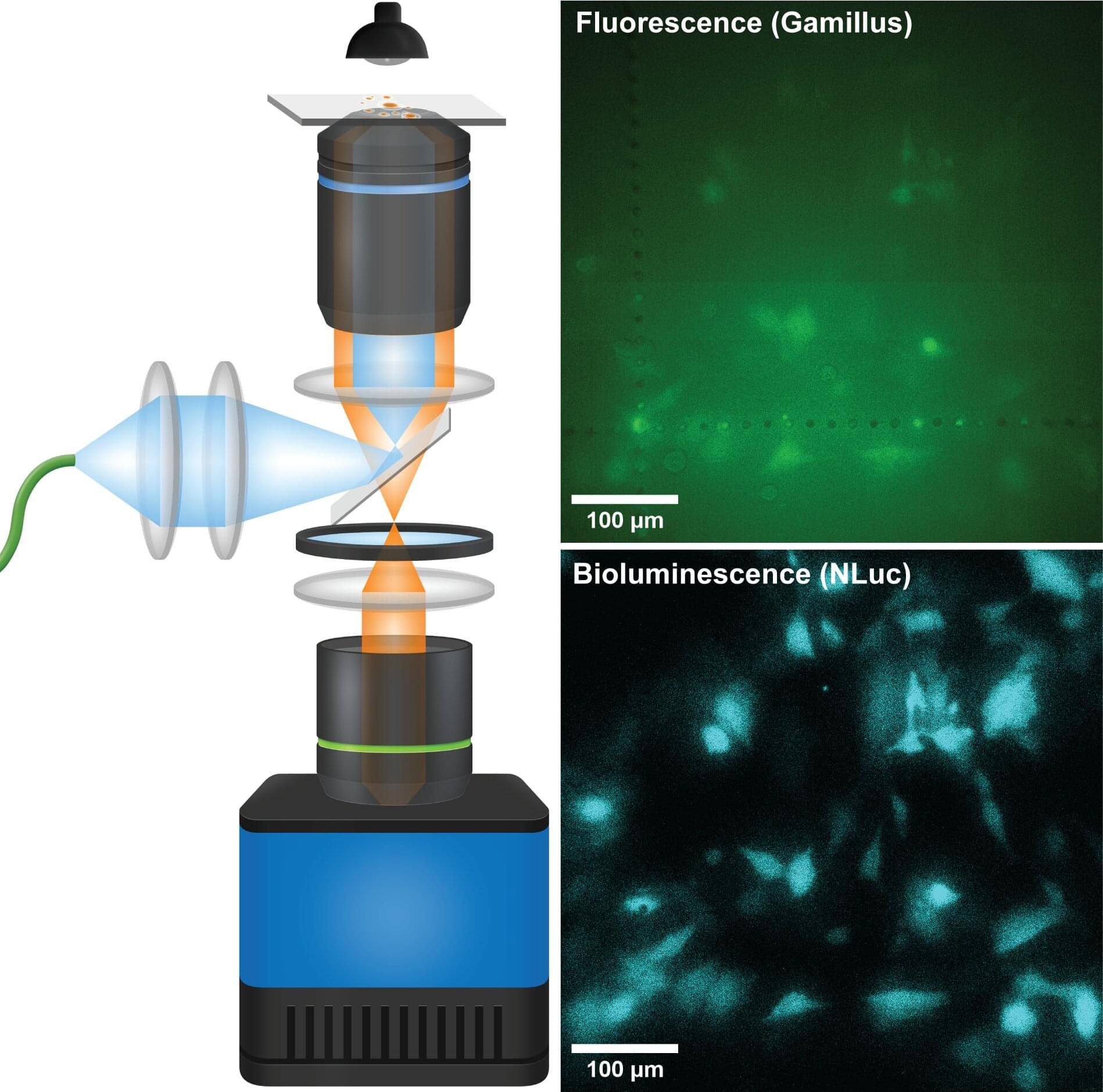
Researchers at Helmholtz Munich and the Technical University of Munich have developed a new microscope that significantly improves how bioluminescent signals in living cells can be observed.
The system, known as QIScope, is built around a highly sensitive camera technology capable of detecting extremely low levels of light. With sharper image resolution, a wider field of view, and integration with other imaging methods, QIScope opens new opportunities for studying living systems in greater detail and over longer periods.
The work is published in the journal Nature Methods.

As fast as modern electronics have become, they could be much faster if their operations were based on light, rather than electricity. Fiber optic cables already transport information at the speed of light; to do computations on that information without translating it back to electric signals will require a host of new optical components.
Researchers at the John and Marcia Price College of Engineering have now developed such a device: one that can be adjusted on the fly to give light different degrees of circular polarization. Because information can be stored in this chiral property of light, the researchers’ device could serve as a multifunctional, reconfigurable component of an optical computing system.
Led by Weilu Gao, assistant professor in the Department of Electrical & Computer Engineering, and Jichao Fan, a Ph.D. candidate in his lab, a study demonstrating the device was published in the journal Nature Communications. Fellow Gao lab members Ruiyang Chen, Minhan Lou, Haoyu Xie, Benjamin Hillam, Jacques Doumani, and Yingheng Tang contributed to the study, as did Nina Hong of the J.A. Woollam Company.